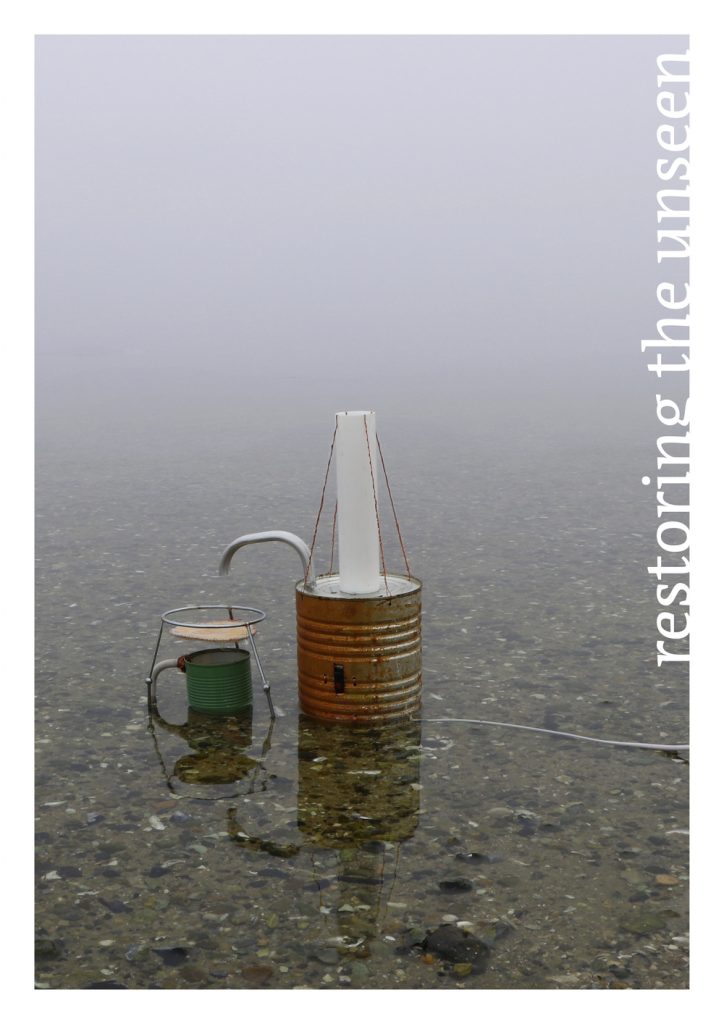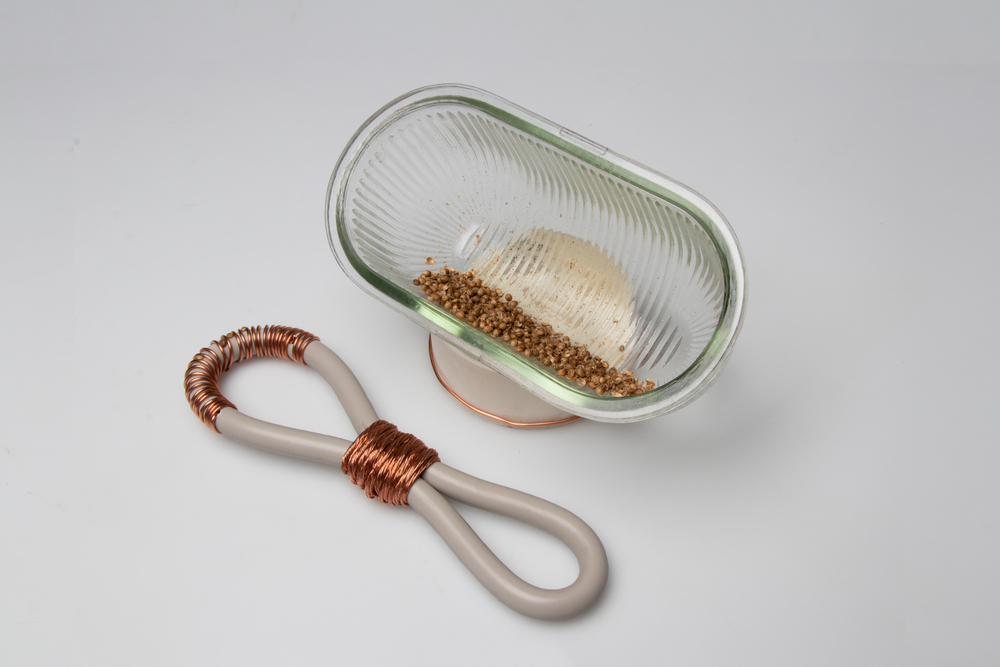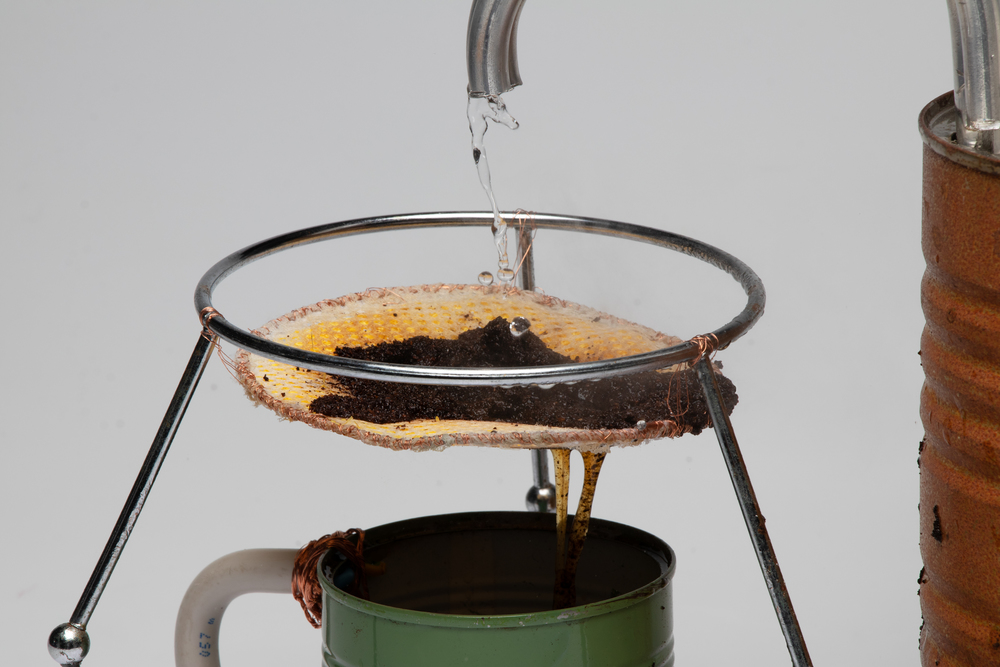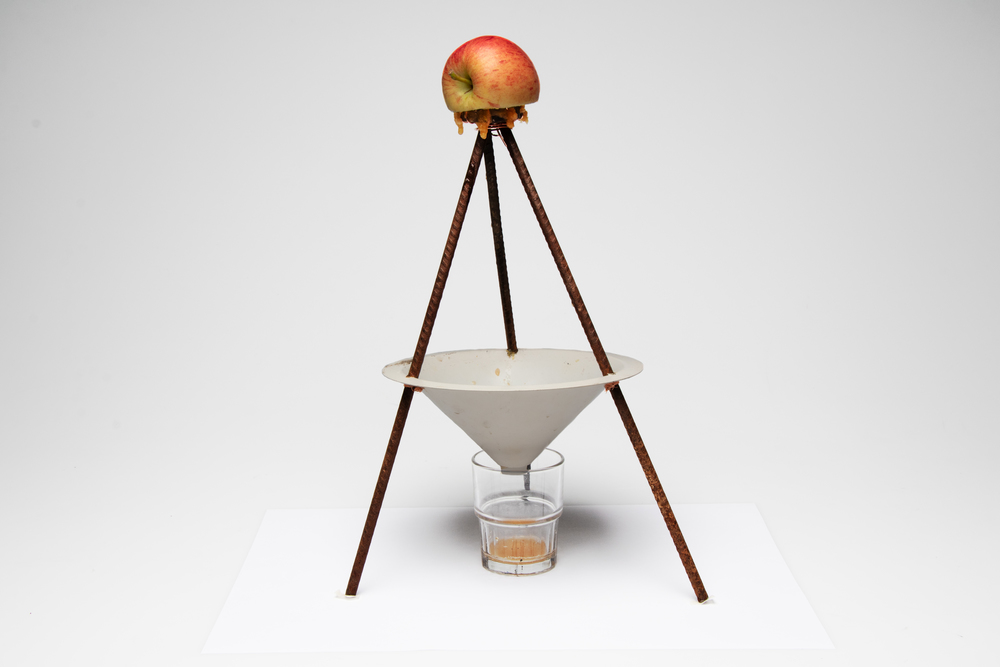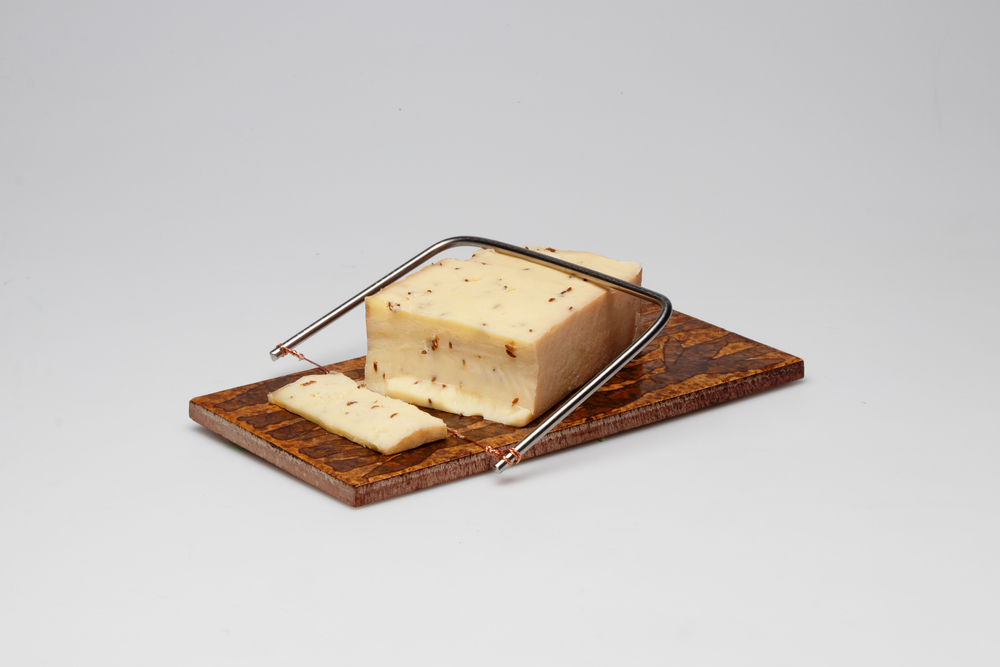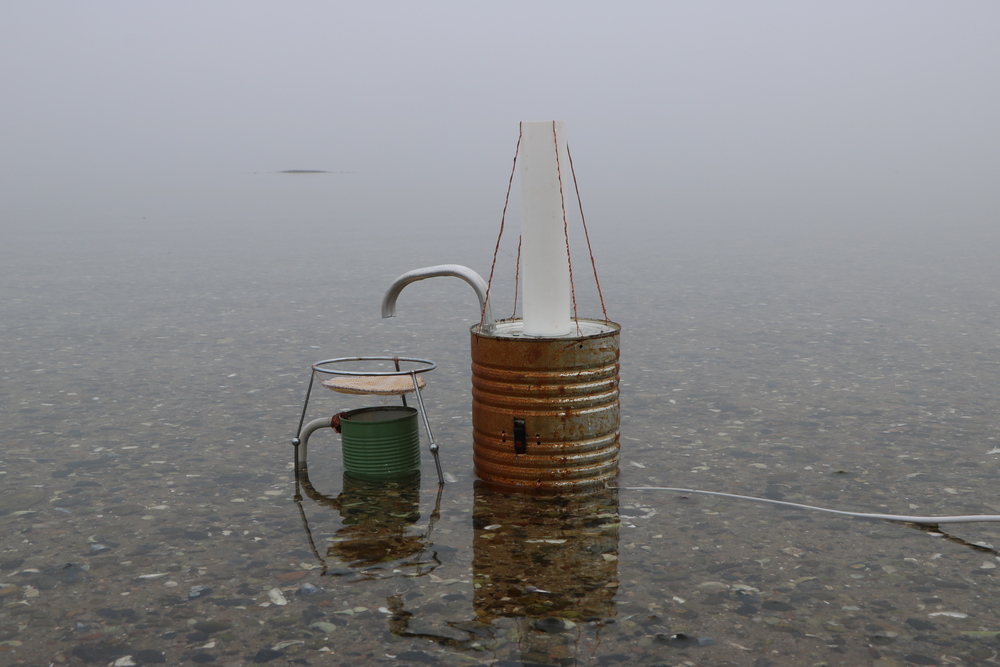Honorable Mention
Restoring the Unseen
The project explores the idea of producing products of everyday use from waste
Solution
Restoring the Unseen explores the idea of producing objects of everyday use from waste with the intension to raise awareness and to remind consumers of the possibility of repairing and reusing. The process resulted in a series of 15 different objects, a storytelling film, multiple manual films about usage and a platform to review everything. Although the materials come from waste, all objects are not only fully functioning but also designed aesthetically pleasing and simple.
Project Description
‘Restoring the Unseen’ is design project exploring the value of everyday objects and disposed of materials. In todays society goods can be thrown away even if they still function. Once they have been replaced, they fall into oblivion. As a result of our research on global waste, we asked ourselves why we should add a new product into this cycle instead of restoring the value of existing objects. Therefore, we decided only to use already disposed of materials from landfill and to use almost exclusively analogue tools like files and cutters. They are easy to access and easy to obtain. After conducting surveys on product usage we decided on the creation of everyday eating and drinking tools. We almost exclusively used analogue tools like files and cutters to build, as they are easy to access and, in exceptional cases like the one in our story, are easy to obtain. The final outcome is a series of 15 functional objects, framed in a fictional future and presented on a virtual platform.
Overview of the Solution
In the disposable society we live in, all objects can be discarded even if they are still functional. Once they have been replaced, they fall into oblivion. As a result, we have asked ourselves why we should add a new product to this cycle instead of restoring the value of existing objects. The final outcome is a series of 15 objects of everyday use, that have their material origin in a landfill. The design is framed in a storytelling about a near fictional future set in Scandinavia.
The design process took place in non-repeating cycles. Each object exists only once and cannot be reproduced because of the many variables of the materials. The challenge was to take materials from their previous context and turn them into functional objects. The objects should also be attractive to the user and easily recognizable. Most objects therefore consist of a mixture of independent and often broken materials. While the objects were created by two industrial designers, the communication designer focused on putting the process into a storytelling frame whilst giving the objects a well designed and approachable platform.
To find out who we are designing for, we started the process of finding our target group with two questionnaires about personal and home goods. After realizing that we were designing a prospect rather than a product for sale we changed our strategy. As a result of our research we came to the conclusion that the project should appeal to individuals living in the western world with a high level of cultural and sustainable interest and openness for sustainability.
Early in the project, we were inspired by the Vikings and the strong relationships they had to their objects. Similar behavior about reusing old products and materials can be found in different times and societies. In WW2 material shortages, war needs and financial restraint made it necessary for countries and citizens to reuse goods and recycle materials. Even in modern times, especially in the global south, countries drown in waste. Solutions have to be developed.
The projects intension is to raise awareness of wasteful consumerism and remind users of the possibility of repairing and reusing materials, giving them a small nudge to reconsider the value of their waste. ‚Restoring the Unseen‘ aims to encourage and inspire people to repair, rethink and reuse their waste and home goods.
The project film is set in a fictional but realistic future in Scandinavia. It showcases the objects placed in nature, narrating the future they were created for. Materials have become a luxury as import and export is banned. Experience how waste can turn into your most important good.
PROJECT TEAM
Antonia Fedder, Nele Kieseritzky and Filip Rukan
INSTITUTION
Design School Kolding, Departments Communication Design and Industrial Design, Denmark
Category
Product
FACULTY/COURSE ADVISOR
Vibeke Riisberg
STAKEHOLDERS
We received most of our materials from Kolding North Recycling Station, specifically from the Reform Skatkammer. The rest of the materials we found at the Gendbrugsplats, the landfill in Kolding.
